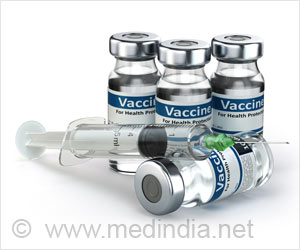The data updated findings from a previous longitudinal study conducted over 12 months from September 2020 to August 2021 with a panel of 6,976 dental hygienists across the U.S., Puerto Rico, and the Virgin Islands.
“This study of dental hygienists has shown us the profound impact of COVID-19 on clinical practice, as well as the value of disease prevention measures,” said JoAnn Gurenlian, R.D.H., M.S., Ph.D., A.F.A.A.O.M., a lead author of the research and ADHA’s director of education and research.
Despite initial concerns that dental hygienists were at increased risk of COVID-19, the updated research shows they have a lower COVID-19 cumulative prevalence (8.8%) than the general U.S. population (11.7%).
Results also reveal that 75.4% of U.S. dental hygienists have been fully vaccinated against COVID-19, a higher proportion than the general public and healthcare workers outside of dentistry overall at the time.
Increased vaccine availability and greater supplies of personal protective equipment (PPE) should further enable dental teams to continue to follow infection prevention measures to reduce the risk of COVID-19 transmission.
As of August 2021, less than half of dental hygienists that left employment during the pandemic had returned to work. According to the study, 7.9% of respondents that had been employed in March 2020 were not working six months later in September 2020. When the study concluded in August 2021, that number decreased to 4.9%.
However, the pandemic has impacted staffing levels in industries across the country, and the dental profession is not exempt.
While the number of hygienists that left the workforce rebounded from a high of 7.9% in 2020 to 4.9% in 2021, a total of 1.6% of study participants no longer intended to work as dental hygienists, possibly representing a permanent reduction of 3,300 dental hygienists nationwide.
Given the ongoing COVID-19 pandemic and emergence of new variants, the study authors believe opportunities exist for hygienists to play an important role in public health and safety.
However, there is a need for ongoing and increased education and policies to support the continued use of PPE and infection control and prevention procedures, as recommended by the CDC and required by government regulatory agencies.
Source: Medindia



